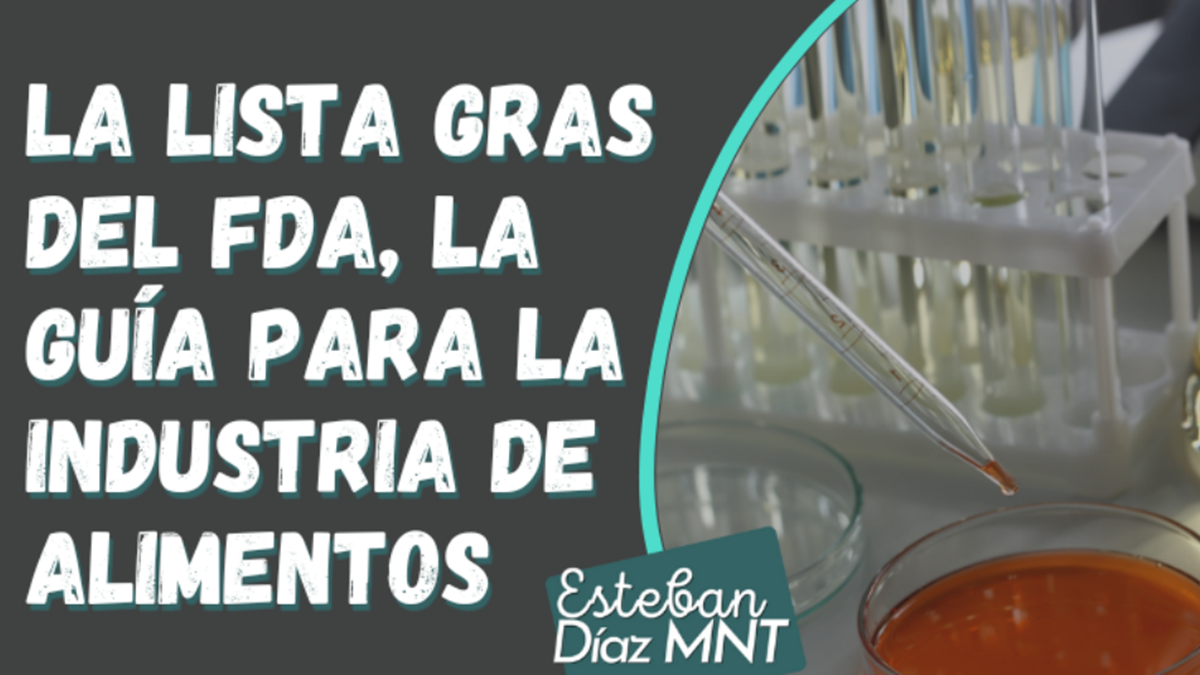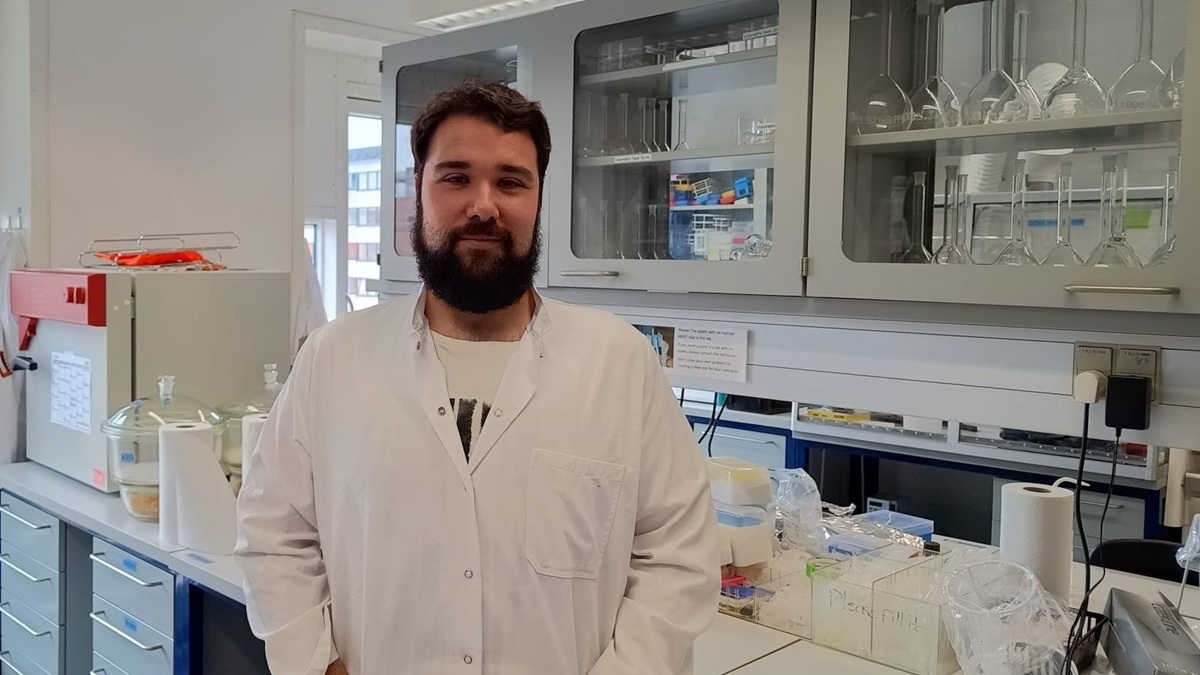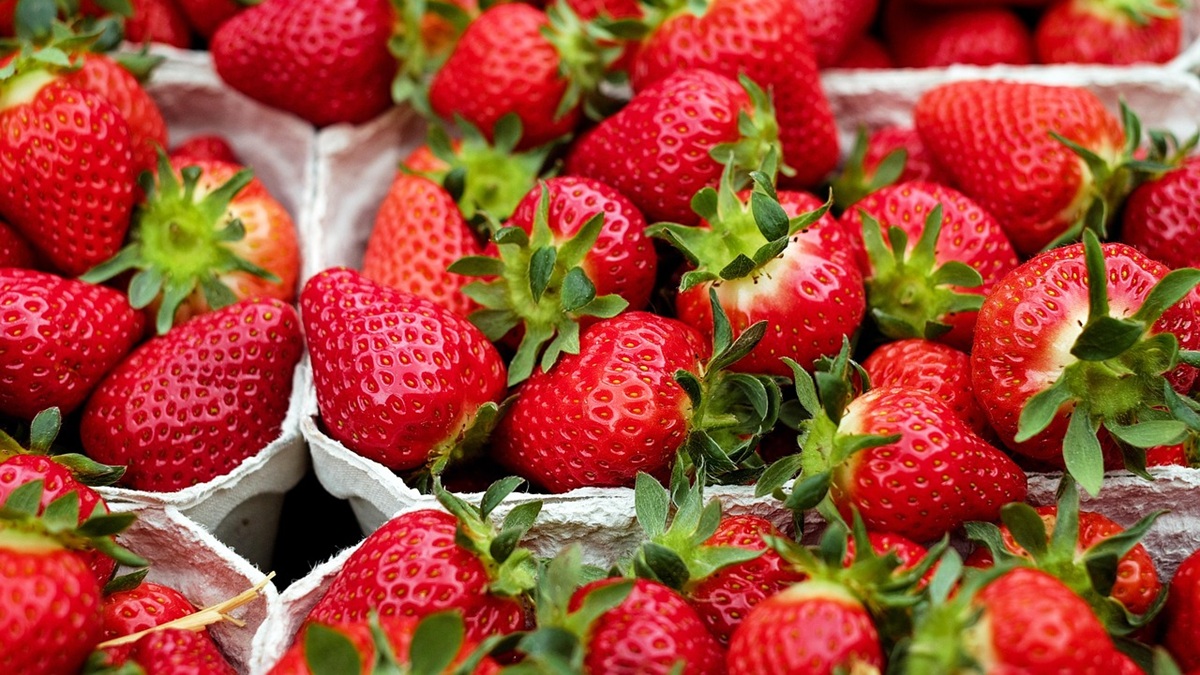Actualidad
Project seeks rapid viability test for Cyclospora in Fresh Produce
USDA researchers develop a fast and accurate method using Eimeria and artificial intelligence tools, with applications in fresh produce food safety

A complex protozoan parasite, Cyclospora cayetanensis is nearly impossible to culture in the laboratory and requires complicated microscopy to confirm it in samples. Although the Food and Drug Administration has a molecular detection technique (BAM Chapter 19b) that uses real-time PCR, it can’t distinguish living from dead parasites.
In response, Asis Khan, Ph.D., with the U.S. Department of Agriculture’s Agricultural Research Service, is leading research to develop a rapid viability test using the surrogate Eimeria. He said:
“Our research will provide significant benefits by developing a rapid assay with sensitivity and specificity to differentiate between live and dead parasites using Eimeria. There have been produce recalls due to trace amounts of (Cyclospora’s) DNA, which could lead to confusion of the risks that show produce to be contaminated because we don’t know whether this parasite is living or dead.”
By having better information about pathogen viability, Khan said the produce industry will be able to make more informed decisions regarding food safety.
Joining him as co-investigators are Benjamin Rosenthal, Doctor of Science; Jitender Dubey, Master of Veterinary Science and Ph.D.; and Mark Jenkins, Ph.D., all with USDA ARS.
Their multi-pronged project enlists Eimeria, a genus of protozoans that has been widely used as Cyclospora surrogates because they are readily available, culturable, and show a close relationship with C. cayetanensis, with high sequence similarities. Although Eimeria causes coccidiosis in chickens, it is safe for humans to handle.
As protozoans, Eimeria produce oocysts — double-walled infectious stages that can persist for months in the environment. But the oocysts are nearly impossible to differentiate between viable and non-viable using current assays.
Initially, Khan and his team examined using certain dyes known to be repelled by many living pathogens and absorbed by dead ones to determine viability. But they found the oocysts’ double walls were impenetrable.
In the meantime, Jenkins offered up a collection of Eimeria oocysts in various stages of senescing or biological aging. Using high-resolution microscopy techniques, Khan and his team identified distinct granular structures in the non-viable oocysts that were absent in the live ones.
They also found when they placed the non-viable oocysts under ultraviolet light, the granular structures fluoresce or glow. Using fluorescence-activated cell sorting, or FACS, they separated live from dead oocysts using autofluorescence differences.
To validate the results, the researchers conducted an in-vivo assay using chicks and 1,000 FACS-sorted oocysts. The oocysts identified as dead using FACS had significantly lower infectivity compared to the live ones.
Khan then contacted Nitin Nitin, Ph.D., with the University of California, Davis, whom he’d met at a CPS research symposium. Khan said:
“His lab has the expertise to develop tools to separate different bacterial pests using AI (artificial intelligence) models”.
To develop one for Eimeria, Khan’s team first had to take thousands of images of three different Eimeria species that were categorized as live or dead based on FACS sorting.
A high-powered computer using AI sorted live from dead parasites by comparing them to known library images. The results were more than 98% precise, which factored in sensitivity, or accuracy, and specificity, or false positives.
In addition, the researchers used RNA of each senesced oocyst and identified several genes that were expressed differentially among them. Using more recent and sensitive forms of PCR genetic screening, the researchers identified potential biomarkers that could be used to separate live from dead parasites. They’re currently conducting tests to validate the biomarkers.
Khan said their CPS-funded research project, titled “A viability assay for Cyclospora and its surrogates Eimeria,” may also benefit the poultry industry’s coccidia management efforts.
“I think ultimately this research will benefit the people handling produce but also contribute to more sustainable poultry management practices.”











